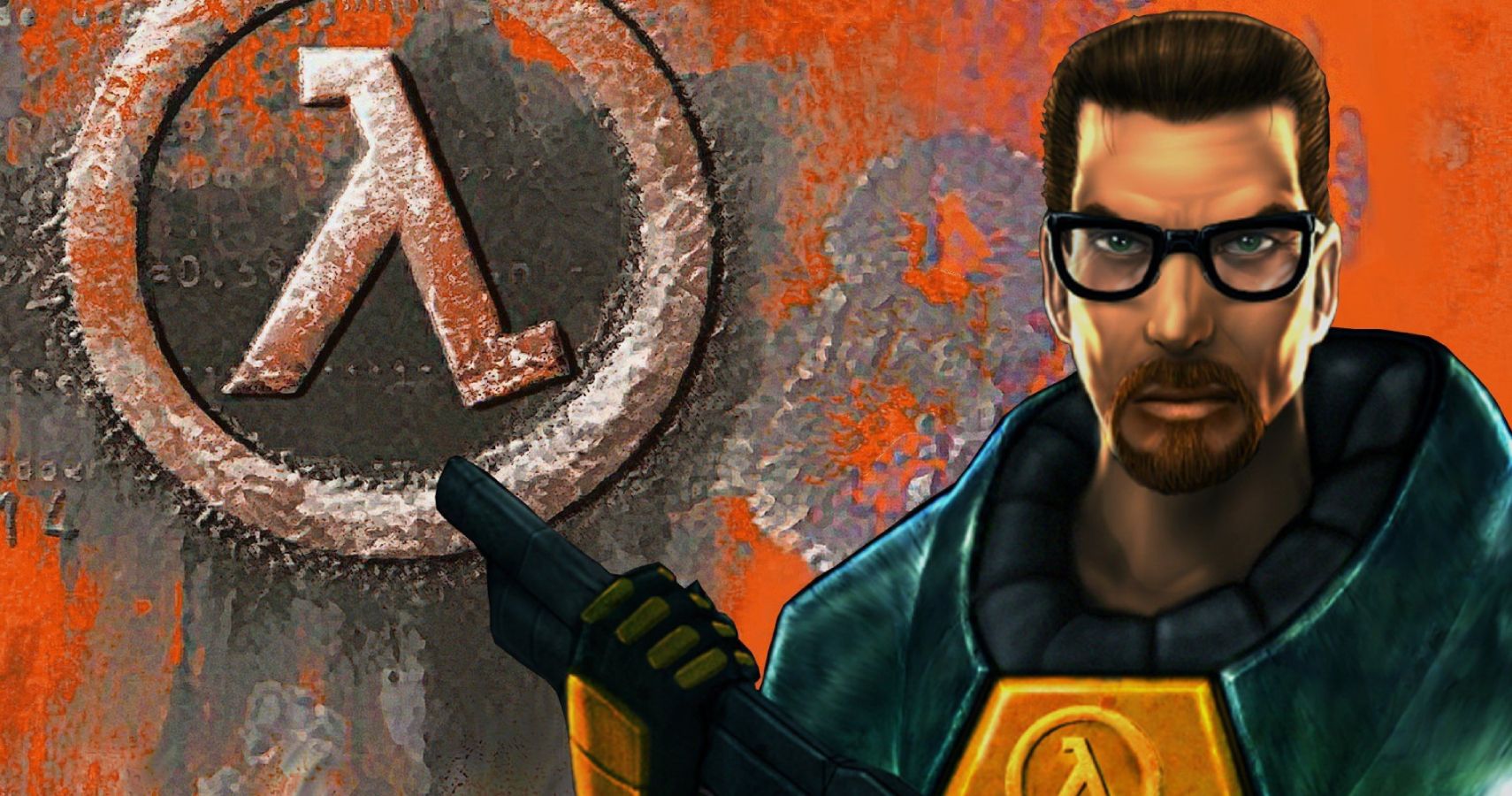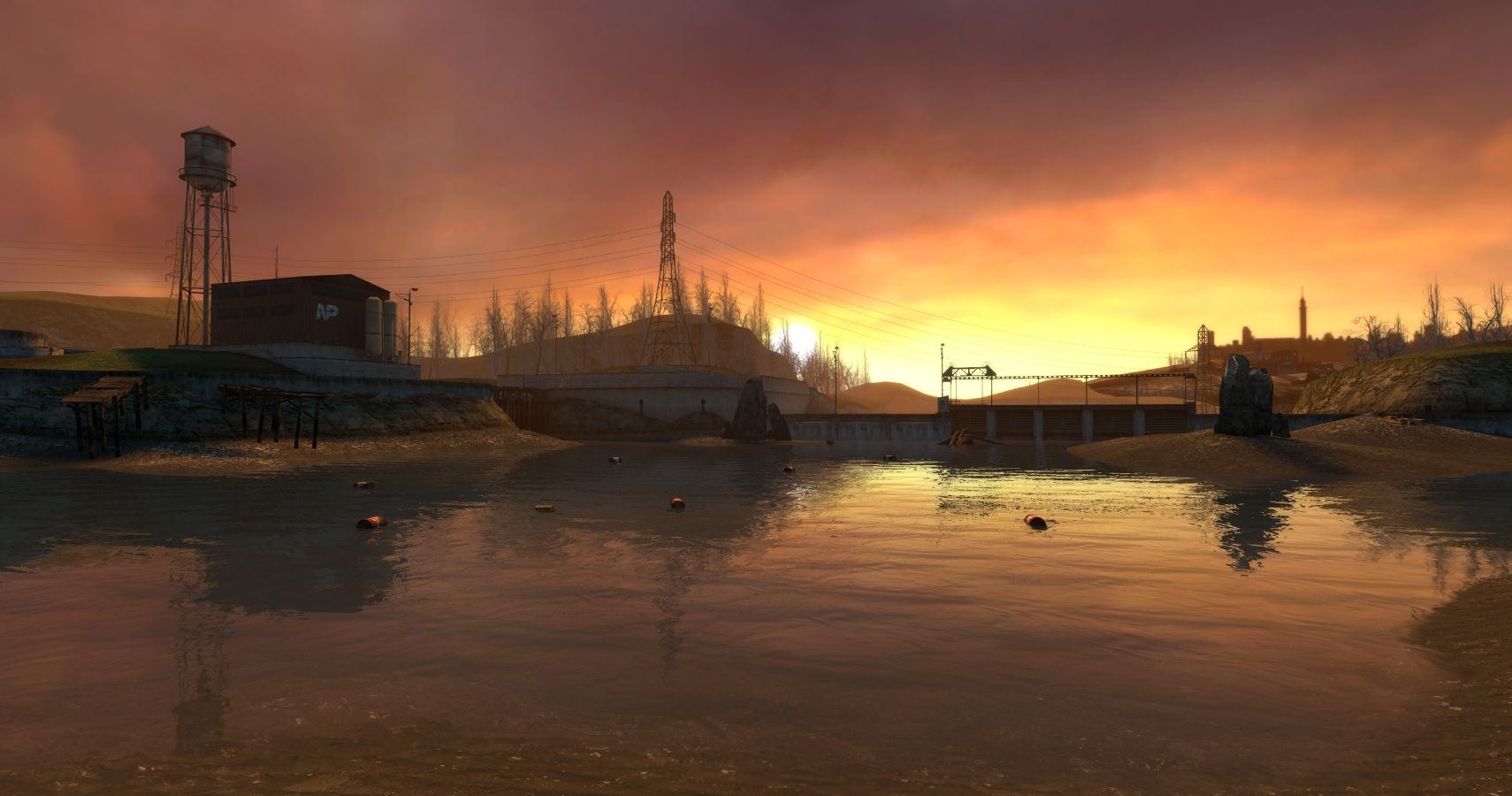In the ever-popular IGN interview with Valve’s Gabe Newell and Robin Walker, Gabe brought up a really interesting point: Half-Life games are supposed to solve interesting problems.
This, in part, sparked the creation of an awesome video by Skill Up on YouTube which explores this comment in more depth. It’s pretty widely-accepted that the series has been revolutionary in gaming history throughout the years, but it’s also somewhat difficult to put your finger on exactly how.
Skill Up’s video unpacks the topic really well, however, as they identified the importance of Gabe’s nonchalant statement: “Half-Life games are supposed to solve interesting problems.”
Quality Over Quantity
One of the many great things about Half-Life games is that they never feel unnecessary. There are no horses getting flogged to death here, and just about everything included in the final products exude quality that feels like the result of months – years – of genuine thought and technical expertise.
As Gabe himself said, Valve doesn’t just crank Half-Life games out to “make the quarterly numbers.” It’s all about when it feels right, and as we all know very well – that sometimes means a cool thirteen-year wait between games. That’s why we didn’t get a third Half-Life project for over a decade, despite us fantasizing about it and dedicating all our birthday-candle-wishes to it… until now.
Half-Life: The Beginning Of An Era
Each of the three primary games (the episodes can pretty much be grouped together with the second game) broke into the gaming scene and promptly disrupted it in different, prominent ways.
(Via: PC Gamer)The first Half-Life was released in 1998, where it shook up the FPS scene by offering a jab at realism that hadn’t really been done before in the genre. Valve took advantage of that gap in the landscape, and created a game that pushed the limits of even the best gaming engines of the time. Through a combination of sheer technical scale and depth of storytelling, it broke some serious new ground and set the FPS (crow)bar quite high.
More than that, there’s a subtle genius to the game that’s still quite difficult to pinpoint – although its sleek, elegant level design, simple mechanics, and unpatronizing treatment of its players probably has lots to do with it.
Half-Life 2: Facing Next-Gen Gaming
Six years later, the second game hit with a similarly big impact on video gaming. More masterfully-created levels were gifted to us, but this time complete with next-generation visuals thanks to the freshly-released Source engine. Along with stunning graphics and impressive facial animation, its introduction of physics-based gameplay really drove it all home.
The Gravity Gun joined Gordon’s crowbar as one of gaming’s landmark weapons, opening up a new dimension of gameplay and puzzles. The ways in which a game’s environment could act and react to the player was revolutionized, and this (combined with the subtle yet rich environmental storytelling) fleshed-out the boundaries of virtual realism.
Half-Life: Alyx, Valve’s VR Baby
And now here we are – thirteen years later – with Valve’s latest ground-breaker, Half-Life: Alyx. During their IGN interview, Gabe and Robin shared their thoughts around this ambitious foray into VR gaming, stating that Valve had to wait for the right time before letting Alyx loose on the world.
There is indeed a weird feeling I’m sure a lot of us fans can actually admit to; although we really wanted more Half-Life, it was difficult to imagine how that would be manifested in a way that would faithfully live up to its hyped reputation. Anything less than a game that requires you to step literally into the Half-Life universe just wouldn’t cut it, really. Half-Life: Alyx was next logical step in stretching those boundaries of virtual realism.
According to Gabe, Alyx represents the culmination of the very best efforts Valve has to offer to date. They wanted to find out if they could still make that Half-Life magic happen, but again by pushing the current technical limits to the absolute max. “I think we nailed it,” he says.
What’s Next To Solve?
Obviously the extent to which each game “solved” any of these problems – most of which seem to encompass an elaborate quest for realism in gaming – is up for debate. But seeing as it’s generally difficult to get most people to agree unanimously, it’s safe to say that Valve has at least come close.
At this point, we’re just left with the ever-exciting question of “what will Valve do next?” Well, one possibility is that it’ll have something to do with brain-computer interfaces. They’re already casually throwing ideas around about being able to control games using your brain’s neuronal activity, but you know, one thing at a time.
Whatever it is, if Half-Life‘s track record is anything to go by, we can pretty much expect it to be momentous.
Source: Read Full Article


